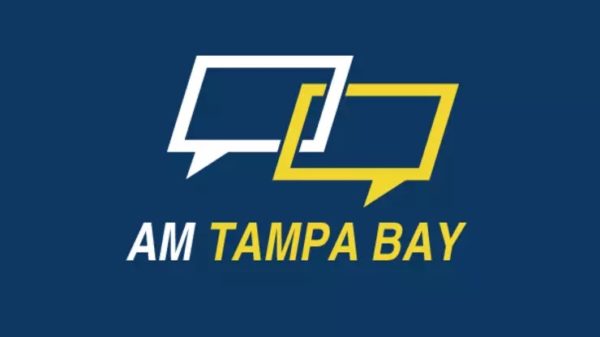February 27, 2014
Protect Yourself with a Joint Venture Agreement
A written Joint Venture Agreement (JVA) is crucial to avoid disputes, even among close friends or relatives. Without one, legal battles over fiduciary breaches, fraud, or self-dealing can arise, as seen in the South Florida case of three friends who went into business together that ended in a $21.5 million judgment.
 The second COVID-19 rescue bill extended the timeframe that businesses were required to use the funds from 8 weeks to 24 weeks. As states allow businesses to reopen, more small businesses can seek forgiveness of the loans under the federal guidelines. However, challenges still remain.
The second COVID-19 rescue bill extended the timeframe that businesses were required to use the funds from 8 weeks to 24 weeks. As states allow businesses to reopen, more small businesses can seek forgiveness of the loans under the federal guidelines. However, challenges still remain.